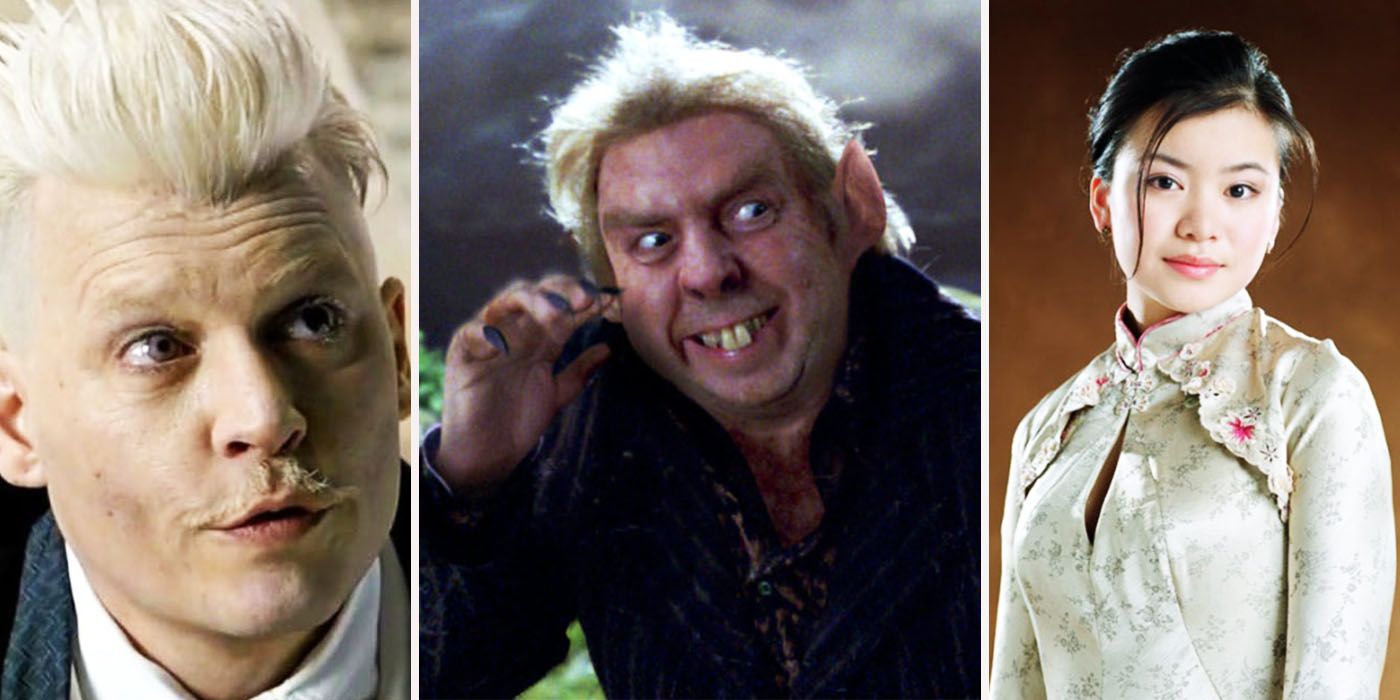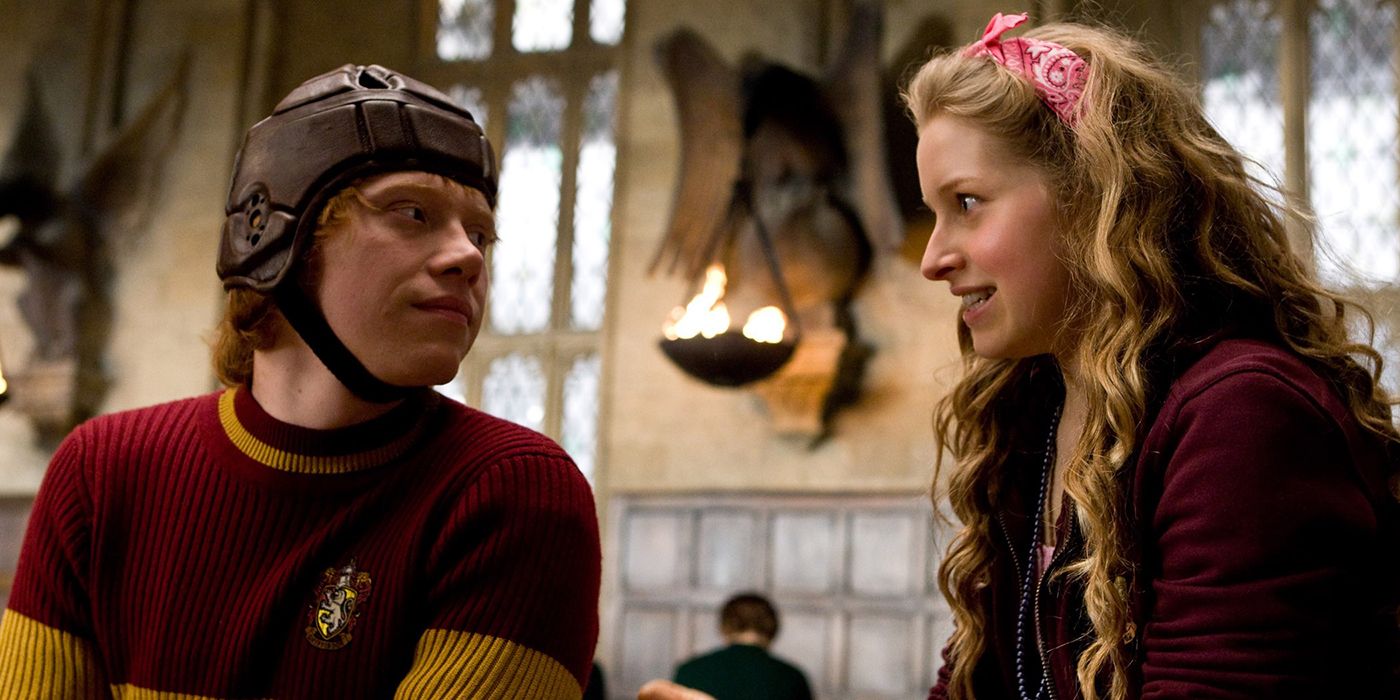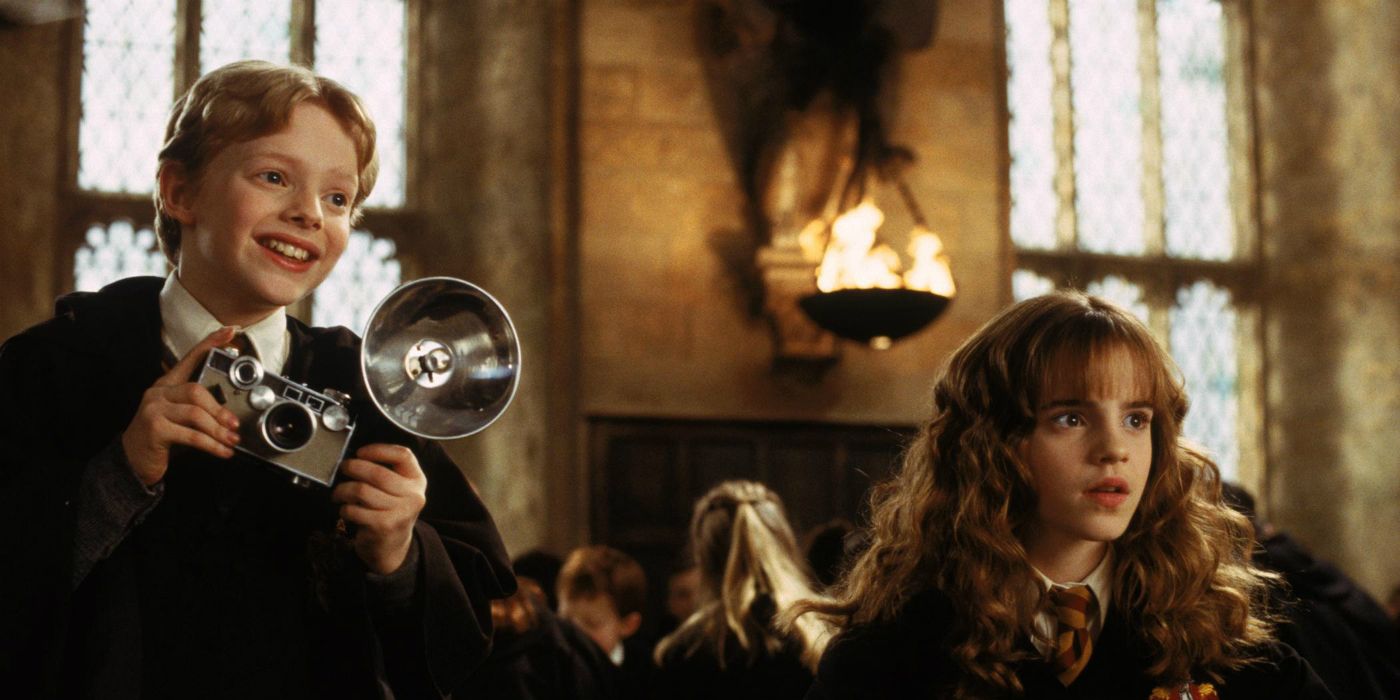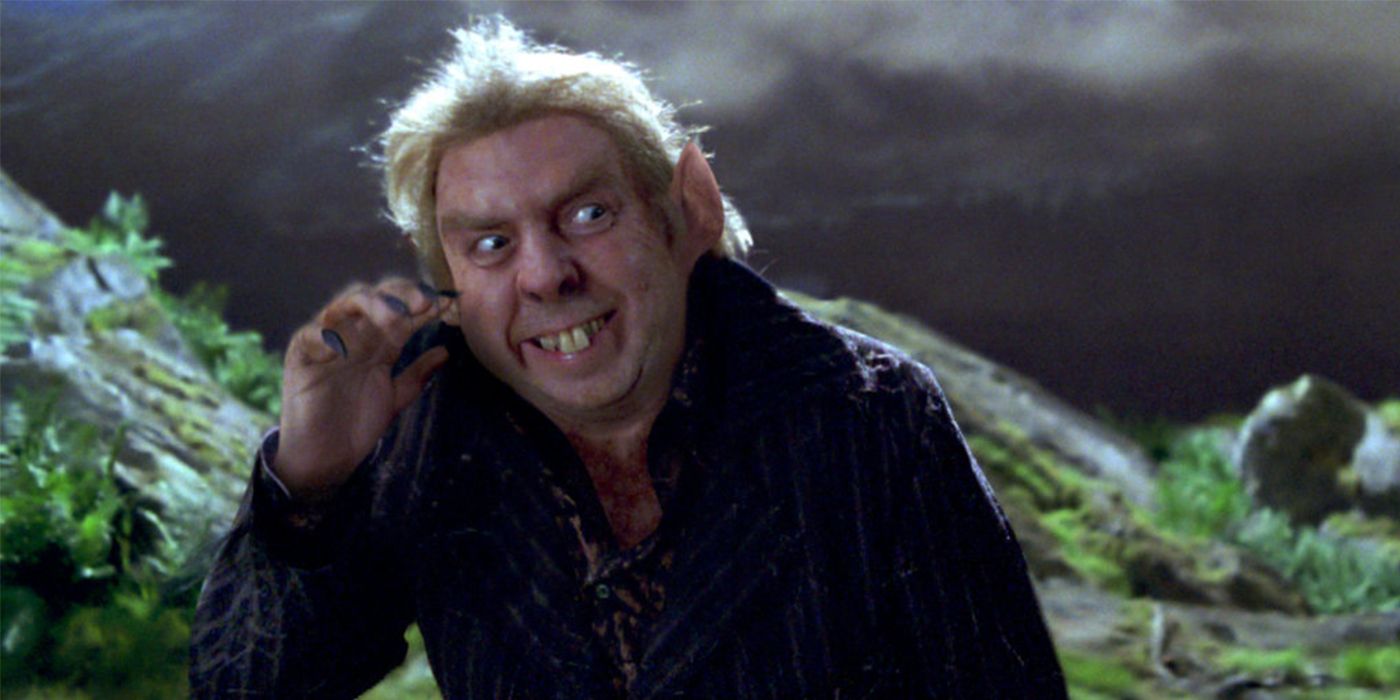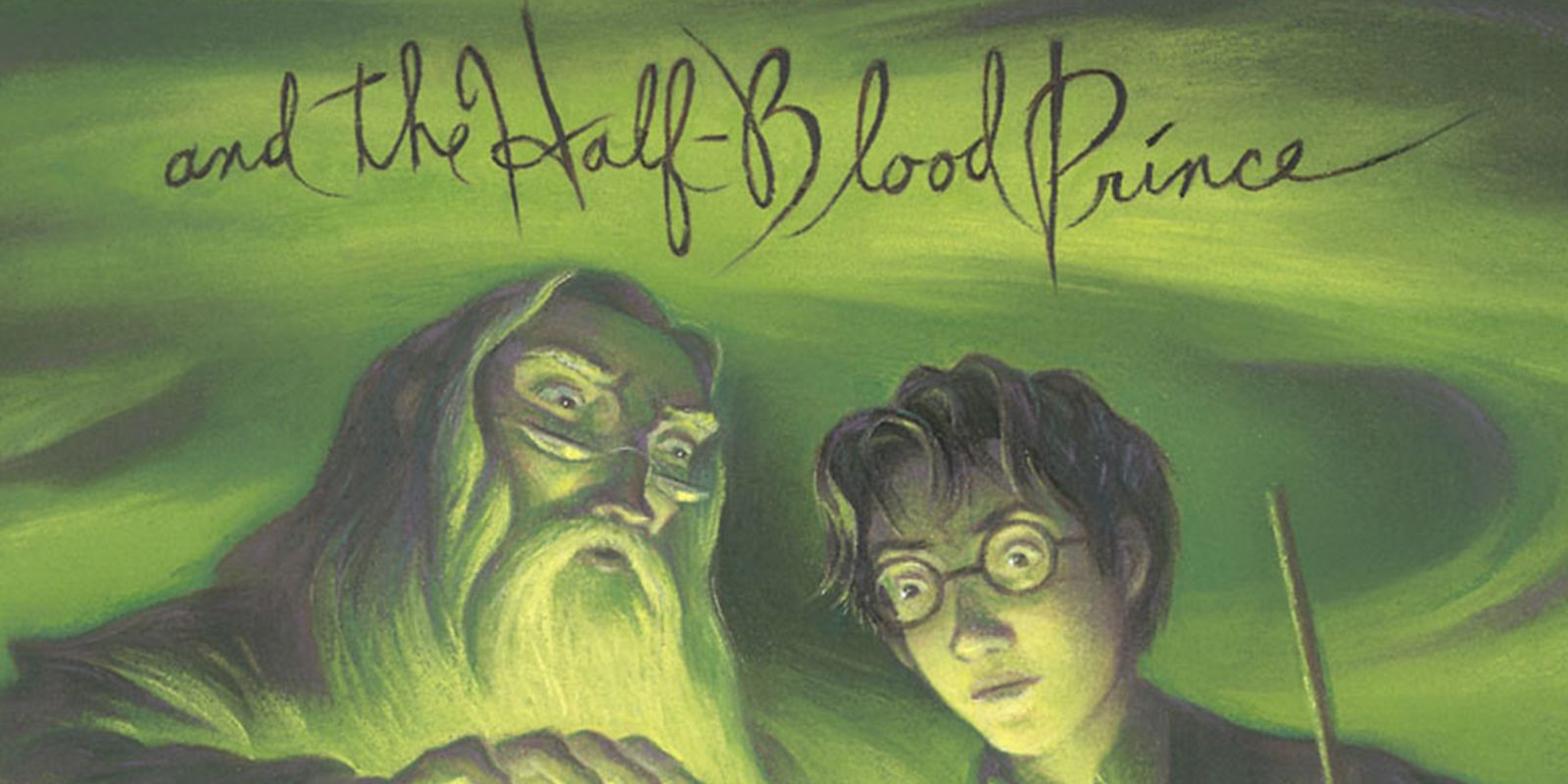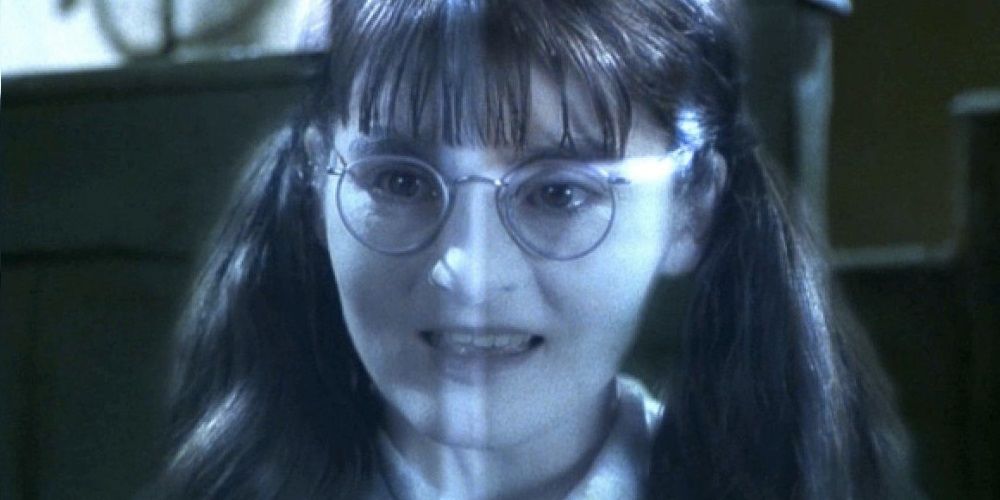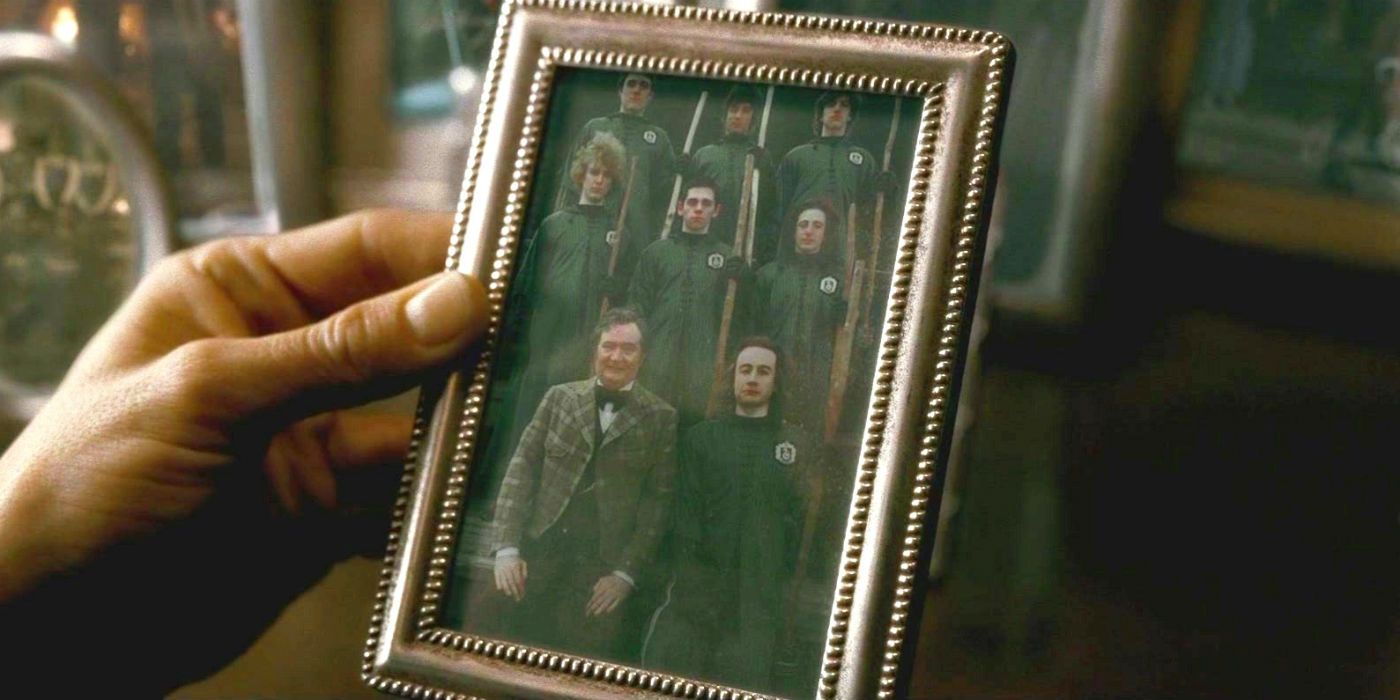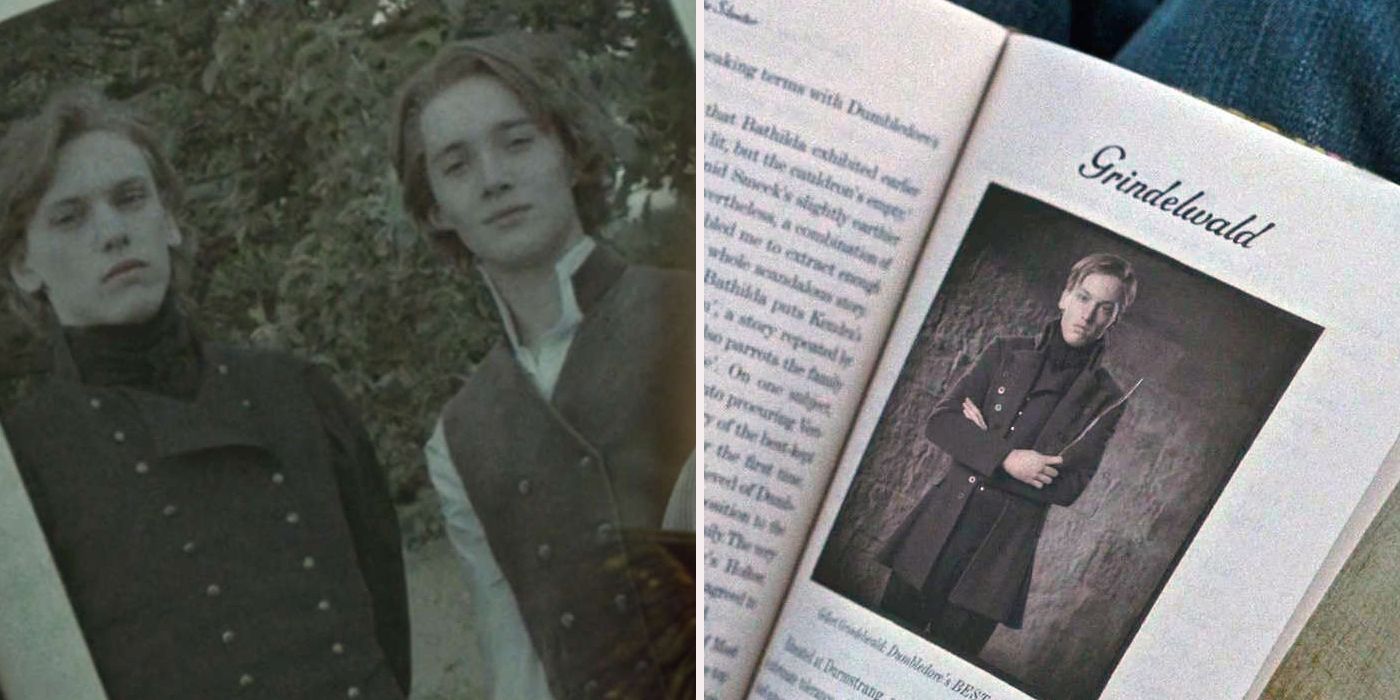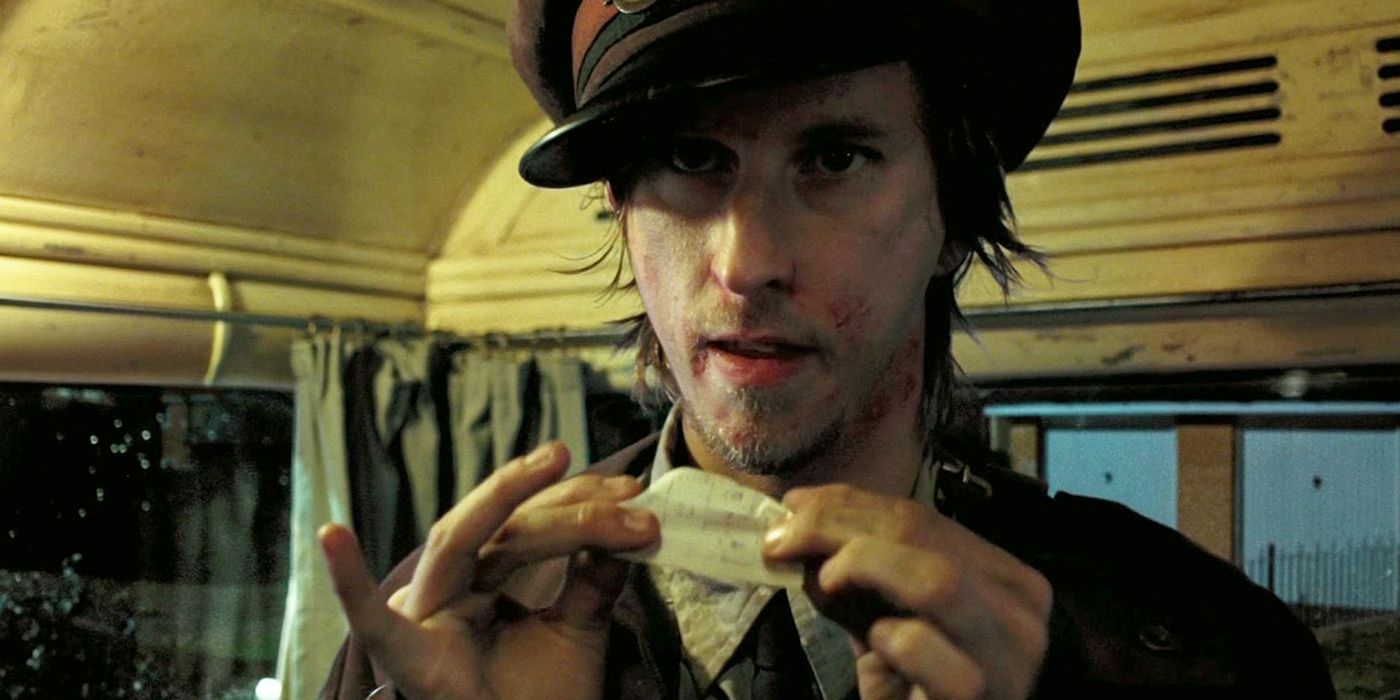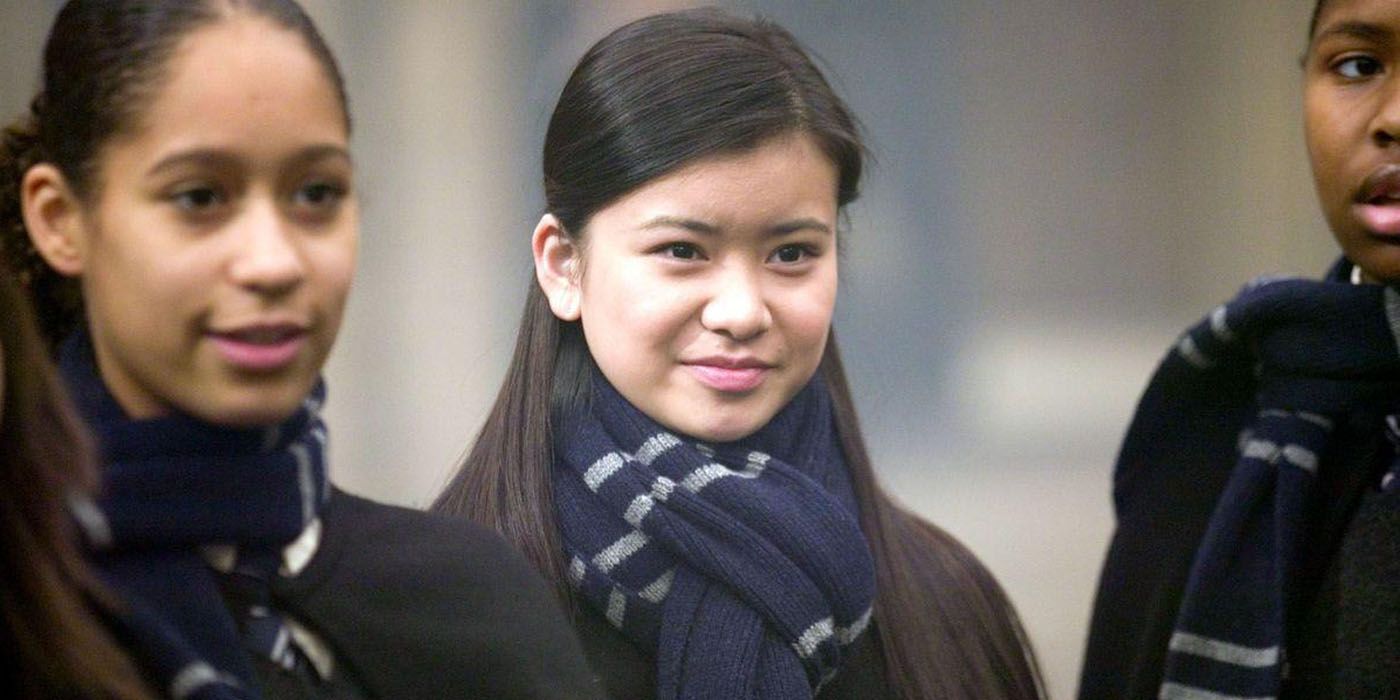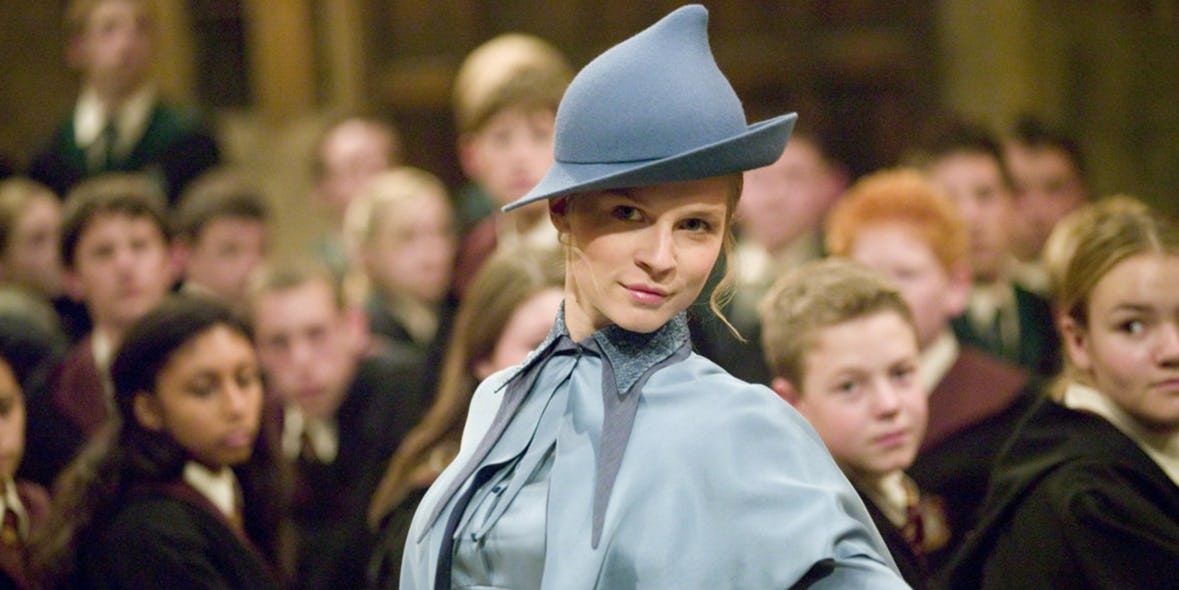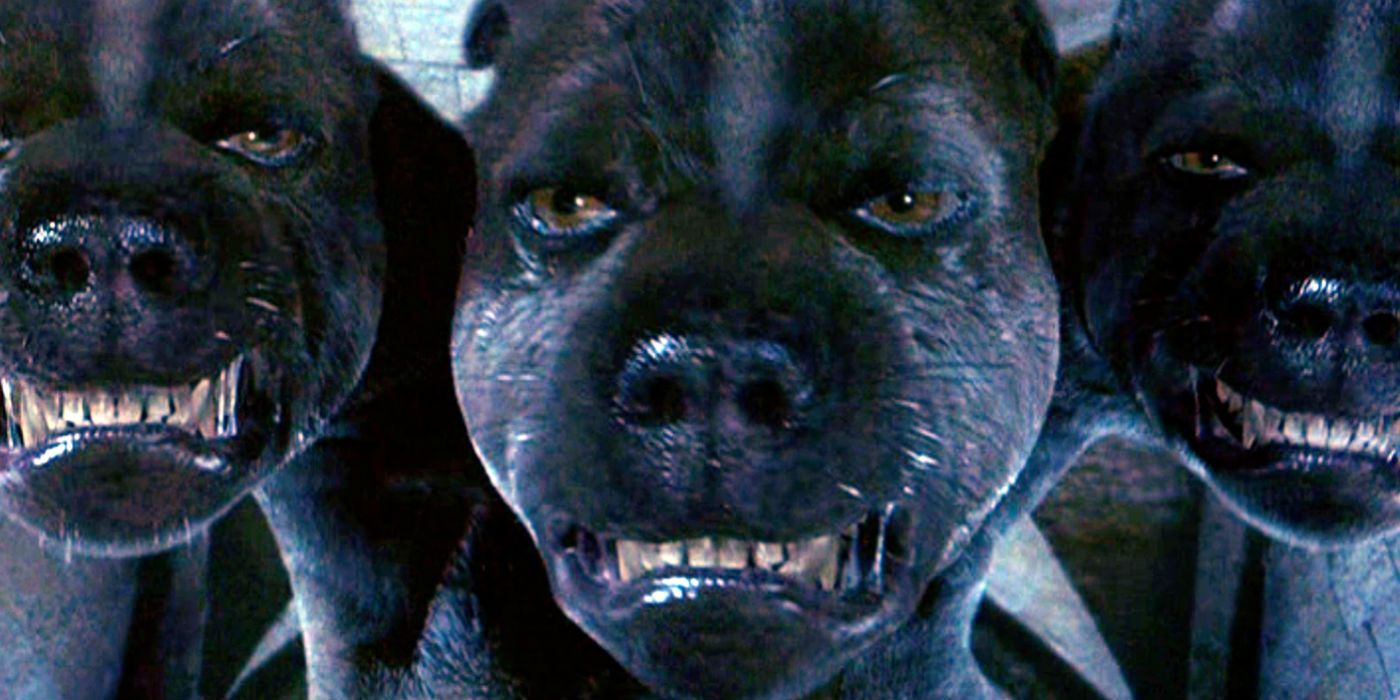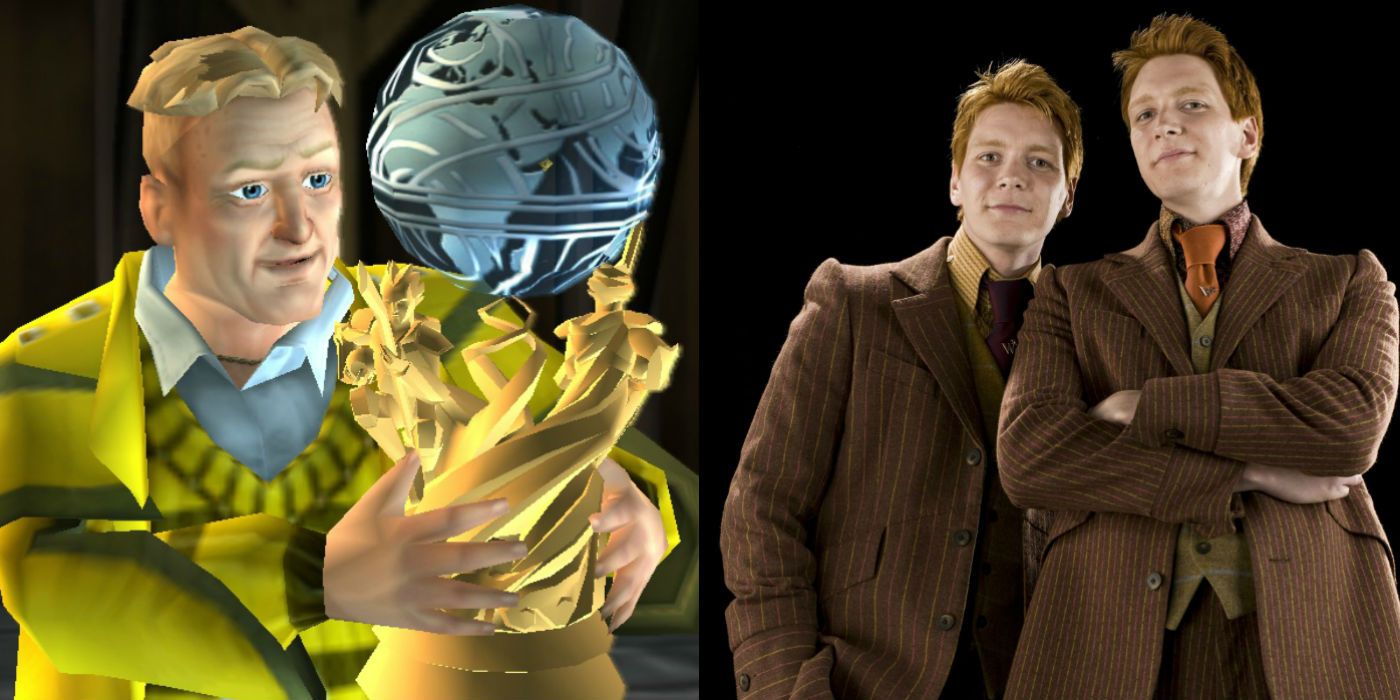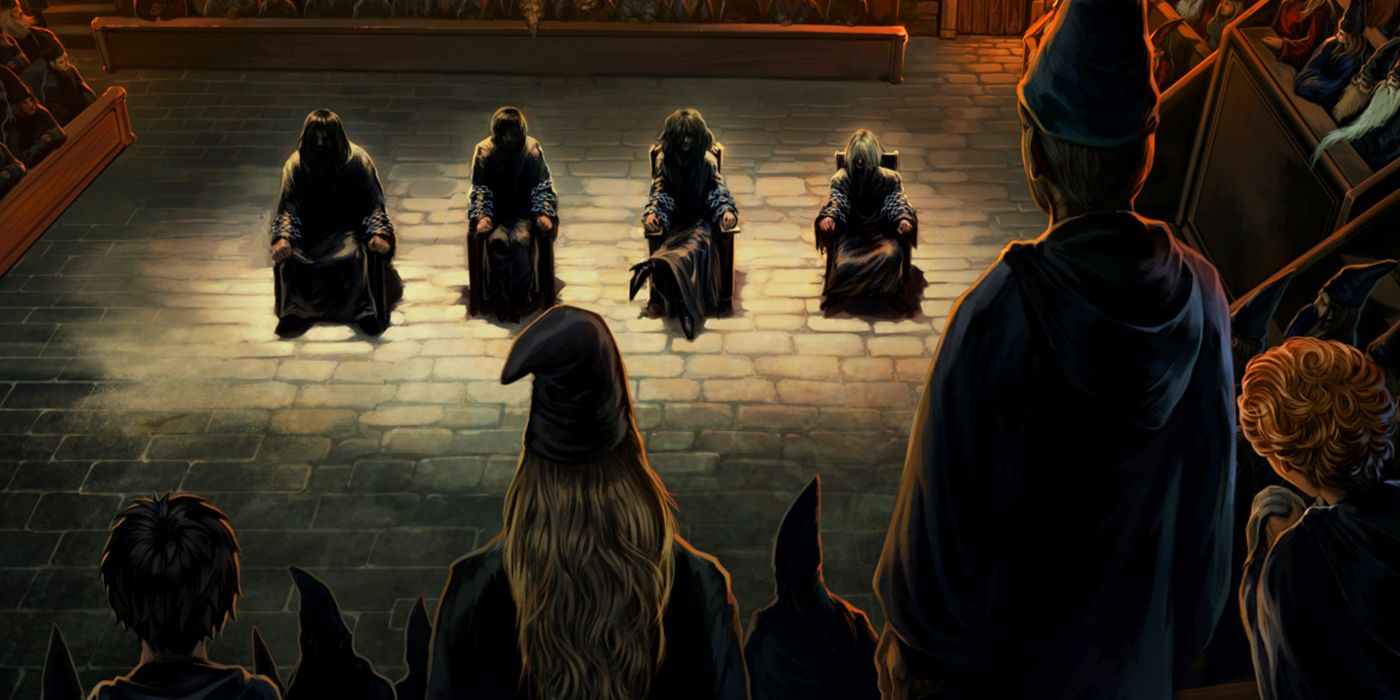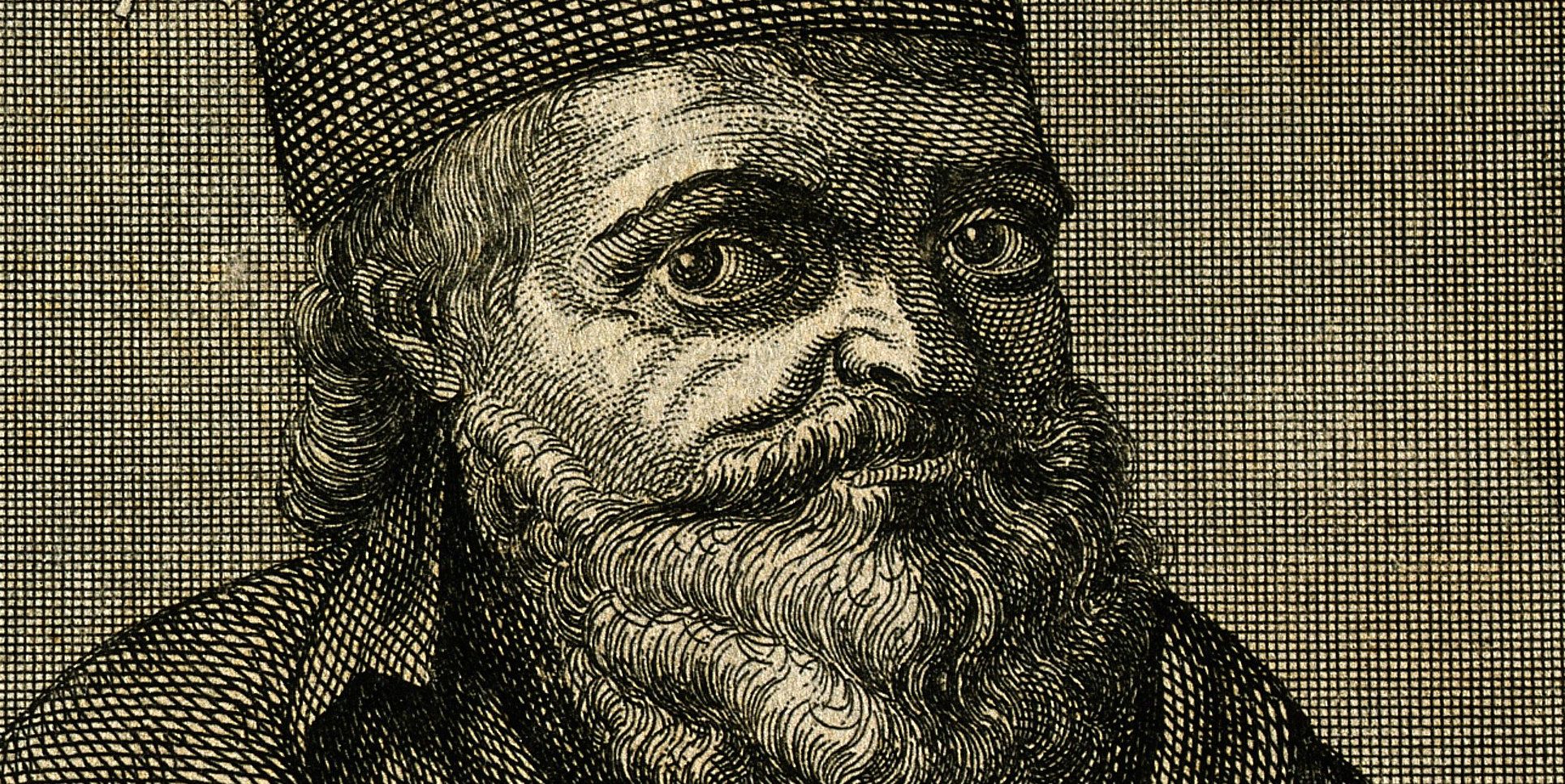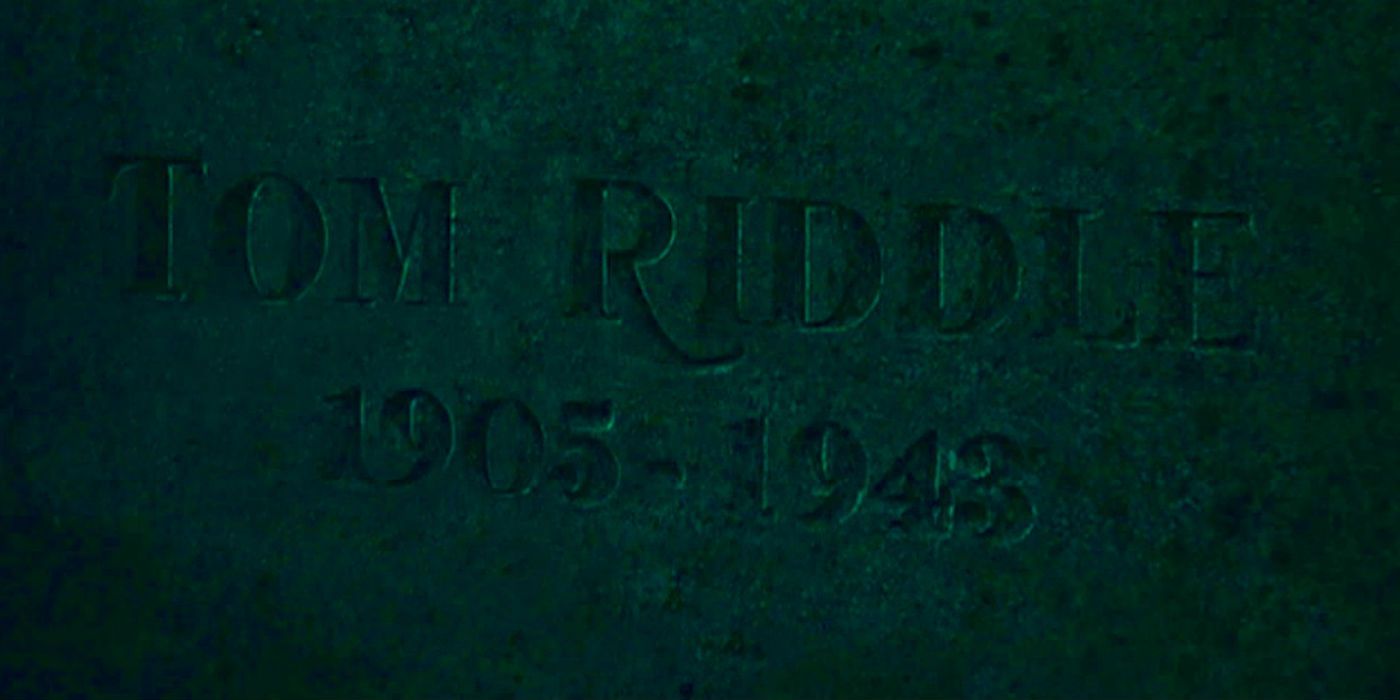When it comes to narrative and character mistakes, even J.K. Rowling is not infallible. This is certainly the case when we take an in-depth look into the magical world of Harry Potter. In the past, we have discussed the gaping plot holes in the Harry Potter series, as well as blatant issues with some of Rowling’s characters – namely, Harry Potter and Professor Dumbledore.
But there are more complex problems with Rowling’s magical world, and in particular, the character development of certain figures.
Sure, while we struggled with Dumbledore and Harry’s choices at times, Rowling did a very good job with consistency and believability.
For other characters, though, we do have questions—and for good reason. For instance, why did Rowling decide to villainize supporting female characters and subtly compare them to main female characters like Ginny Weasley and Hermione Granger? This was a strange choice for Rowling, given her own feminist views and the generally empowering messages from the books and films.
Throughout the books’ and films’ progression, there are those characters and characterizations that it seems entirely possible J.K. Rowling would regret, and would sooner they were forgotten.
Read on for the 15 Characters J.K. Rowling Wants Us To Forget.
Lavender Brown
Lavender Brown appears in each Harry Potter installment, usually playing a small role. She is portrayed by J.K. Rowling as a rather "basic" girl, acting giggly and girlish around good-looking men (like Professor Lockhart), and becoming a loyal follower of Professor Trelawney and her divination teachings in Prisoner of Azkaban.
Throughout the books, we are made to dislike Lavender Brown for her rather annoying personality and how she does not get along well with Hermione. In The Half-Blood Prince, Lavender and Ron start dating, and Lavender is portrayed even more so as an annoying, typically feminine character.
In the final Harry Potter installment, Lavender dies in the Battle of Hogwarts. Sadly, J.K. Rowling never painted Lavender as more than a girl who readers were made to dislike for her traditionally girly traits that were seemingly purposely associated with being annoying, too.
Dennis Creevey
Dennis Creevey was actually a rarity in the wizarding world, in that he was the second of his muggle family to be a wizard, after his brother, Colin.
Despite this, Dennis plays a very small role in the books, and an even smaller (non-existent) role in the Harry Potter movies.
Although we can understand Colin Creevey’s introduction in the second installment of Harry Potter, we never really get much out of this character after this.
For Dennis, this is even more apparent, as apart from the fact that he is Colin Creevey’s younger brother, he proves to have very little importance in the books.
The two brothers’ personalities were so similar to one another that we have to wonder why Rowling had both of them in the books at all, especially given how little we see of Dennis throughout the series.
Peter Pettigrew
Obviously Peter Pettigrew was a very important part of the grand scheme of Harry Potter and clearly J.K. Rowling did not want us to forget about him completely.
But there is one aspect to Pettigrew’s past that does not seem to be consistent with anything else in the series, and we have some questions.
Given Pettigrew’s tendency to follow leaders (rather than be a leader), we certainly question the fact that he was sorted into Gryffindor.
Yes, the Sorting Hat was not perfect, but there is almost nothing in Pettigrew that made him a Gryffindor. Sure, he let Harry go that one time – but that was barely a courageous move, and more so just him sitting back and doing nothing.
J.K. Rowling never wanted us to forget about Pettigrew – but we’re sure she didn’t want us to think too hard about the fact that he was a Gryffindor.
The Prime Minister Of The United Kingdom
The introduction of the Muggle Prime Minister in The Half-Blood Prince was a clever and hilarious way to address a whole mound of questions pertaining to relations between magic and non-magic folks (as Hagrid would say).
J.K. Rowling introduces us to this Muggle PM in the first chapter of the sixth book, and we loved it. Obviously.
When the chapter was over, no interactions with the Muggle PM are ever brought up again.
Again, that’s fine, as you can have just one scene in a book series to explain a whole range of things.
The irritating part of Rowling’s one-time acknowledgment of the non-wizarding political world is that this was such an interesting story line, and muggle-wizard relations on a global scale could have been explored in so much more detail. We loved this introduction to the British PM, but we sadly never got more than that.
Moaning Myrtle
When you’re a ghost in Harry Potter, you have a fair amount of autonomy. You can literally travel through otherwise stable, material objects, as well as movie organic matter such as humans. Given a ghost’s flexibility in terms of what they would like to do, it’s rather questionable that Myrtle Warren, aka "Moaning Myrtle," did not play a bigger role in The Chamber of Secrets. She never saw Ginny entering the Chamber of Secrets? She never caught a glimpse or heard the sound of the basilisk?
Actually, considering Myrtle was the first person to ever be killed by Voldemort, it’s rather strange that Rowling never explored this character in later books.
She was certainly important in The Chamber of Secrets, but mostly this character is used for comic relief - and for creepily staring at Harry in the bath.
Regulus Black
The sixth Harry Potter book ends with one of Rowling’s many iconic cliffhangers. Readers and characters alike had absolutely no idea who might be R.A.B., and what his significance is in terms of Horcruxes.
In the seventh book, we learn that R.A.B. is Regulus Arcturus Black, Sirius' younger brother.
Regulus Black is obviously an important character, in that he was one of the first to learn about Horcruxes and Voldemort’s use for them.
However, the mystery of R.A.B. infuriated fans for two long years while awaiting answers, and when the seventh book finally came along, it was disappointing to find that R.A.B. proved to be somewhat insignificant in terms of the whole story line.
Rowling seemed to use R.A.B. as a useful cliffhanger, but when the time came along to actually delve into his story line, he became very much a non-essential character.
Gellert Grindelwald
Given J.K. Rowling’s involvement in various Harry Potter films and background stories and plays that have been released after the original seven books were released, it’s only a little frustrating to see a character who had such little significance for the entirety of the series (until the Deathly Hallows) suddenly take up such importance in the wizarding world.
Grindelwald is mentioned once, in passing, in The Philosophers Stone, and then suddenly described at length in The Deathly Hallows. Nowadays, too, he has become a pivotal character in the screenplay and film, Fantastic Beasts and Where to Find Them.
In this case, it’s as though J.K. Rowling does not want us to forget about the dark wizard Gellert Grindelwald, so much as forget about his insignificance up to The Deathly Hallows, and give him more credit and importance than we were meant to in the books and movies.
Stan Shunpike
Stan Shunpike is an interesting character in that he appears in the Harry Potter series on several different occasions, and yet is of very little importance to the whole storyline.
He’s not the most likeable character, but nor is he unlikeable or a villain.
We are first introduced to Stan Shunpike when we are introduced to the concept of a Knight Bus. Later, we learn that Shunpike has been sent to Azkaban for showing off about his knowledge of some Death Eater plan. Stan is freed from Azkaban after a breakout, and joins the Death Eaters – under the enchantment of the Imperius Curse.
At the end of the series, Stan Shunpike remains almost completely irrelevant.
Although he is perhaps representative of Voldemort and the Death Eaters’ abilities to mould the minds of the young and uneducated, he’s still largely a character that we don’t think much about.
Cho Chang
Cho Chang and Harry Potter's flirtation is one of the first romantic relationships that is touched upon in the series, which makes Cho Chang an important character for some time.
However, as J.K. Rowling seems to have a tendency of doing, Cho Chang being emotional is portrayed as a negative thing, and subject to many jokes made by Harry, Ron, and Hermione. Her crying after her boyfriend Cedric has died is portrayed as being irritating.
When Harry and Cho’s relationship fizzles, Cho’s lovely personality seems to be somewhat morphed into an annoying teen, in particular when her friend Marietta Edgecombe snitches about Dumbledore’s Army.
The treatment of Cho Chang by the characters in the book, and the way in which J.K. Rowling chose to portray her, seems unfair, and her treatment of some female characters in the books is unnecessarily harsh.
Fleur Delacour
Although J.K. Rowling’s treatment of some female characters in the Harry Potter series is certainly unfair, there are other characters, male and female, that are downright annoying and therefore unpopular.
The notorious Fleur Delacour is one of those characters. Like that frenemy who is always acting perfect and turning their nose down at your less-than-perfect tendencies, Fleur is good at turning her nose up and making everyone around her feel bad and ashamed of themselves.
Given that fans are not particularly charmed by this character, we somehow doubt J.K. Rowling is either. For that reason, it’s probably best that we all forgot about her and moved on.
Unfortunately, her marriage to Bill Weasley means this unfortunate character is a staple in the Weasley family, and a bit more difficult to forget about than we would have liked.
Fluffy The Three-Headed Dog
Fluffy is yet another one of those characters that remains very much constrained within the first book of the Harry Potter series, The Philosopher’s Stone.
Serving his purpose (and failing miserably) as the guardian of the Philosopher’s Stone, Fluffy the Three-Headed Dog no longer had any use in the storyline, and we largely forgot about him as a result.
As much as we would have liked to have seen a reappearance of this disgusting, magical, and arguably adorable beast, it is understandable in this situation that J.K. Rowling chose to dismiss Fluffy, in a sense, by having Dumbledore send him back to his homeland.
His homeland, interestingly enough, is Greece, which is where Dumbledore sent him after Hagrid temporarily allowed Fluffy to be free and roam throughout the Forbidden Forest!
Ludo Bagman
In Harry Potter and the Goblet of Fire, Quidditch player and gambling addict Ludo Bagman is inserted into the story line on numerous occasions. We learn about his past involvement in giving away information to the Death Eater Augustus Rookwood and his run-ins with Barty Crouch as a result of this.
However, apart from this short backstory and his involvement in the Triwizard Tournament, Ludo Bagman almost entirely disappears form the books by the end of the fourth installment.
Although he is mentioned in passing after this time, Ludo Bagman goes into hiding for his debts accrued from gambling and becomes entirely insignificant.
Why did Rowling choose not to pursue this character further?
Given his questionable gambling habit and his light, comic relief, there could have been a lot of potential for Ludo.
Rodolphus Lestrange
Bellatrix Lestrange is one of Rowling’s best villains, yet we are never learn very much at all about her husband!
Although we know he was a strong supporter of Voldemort and, along with other members of the Lestrange family, one of Voldemort’s most loyal supporters, there are still so many unanswered questions about Rodolphus Lestrange that we wish we could resolve.
For one, what was his relationship with Bellatrix like? Since Bellatrix is dead now (skillfully killed by Molly Weasley), we can never really know what their relationship would have been like – although we know that Bellatrix would only ever be loyal to Voldemort, as opposed to her husband.
The backstory on the relationship between Bellatrix and Rodolphus could have been so interesting, not to mention further exploration of Rodolphus’s involvement in various Voldemort schemes at the same time that we were introduced to Bellatrix.
Nicolas Flamel
J.K. Rowling created a story in her first book that was very simple compared to what the series would become by the final installment.
Given the simplicity of this first book, it is strange that Rowling chose not to further explore the story of Nicolas Flamel, who was actually one of the more complex characters from her early books, and that could have related nicely to the more complex stories and themes explored in later books.
Although Flamel did create the Philosopher’s Stone, this stone is destroyed in the first book and can therefore not come back to relevance in later books, despite its similarities to one of the three Deathly Hallows: the Resurrection Stone.
Given Flamel’s introduction so early on in the books, it’s disappointing that Rowling chose to leave his story relatively untold.
Tom Riddle Senior And Merope Gaunt
The early life of Voldemort, aka Tom Marvolo Riddle, is fascinating, and could be the subject of an entire series on its own! Unfortunately, given the amount of information that is introduced so late in the series, a lot of juicy details and important facts are brushed over far too quickly.
In particular, the narrative that is encouraged by Dumbledore in analyzing the choices of Riddle’s mother, Merope Gaunt, raises questions. Dumbledore compares Merope’s choice to die to Lily Evans’s choice to die, essentially characterizing Merope as a coward, while characterizing Lily as courageous, ignoring the fact that Merope was depressed and abused.
There was so much backstory to explore in terms of Voldemort’s parents, yet it seems like Rowling oversimplified it down to a cowardly witch drugging a muggle and giving birth to the ultimate evil.
---
Did we miss a character in Harry Potter that seems forgotten by J.K. Rowling? Let us know in the comments!

